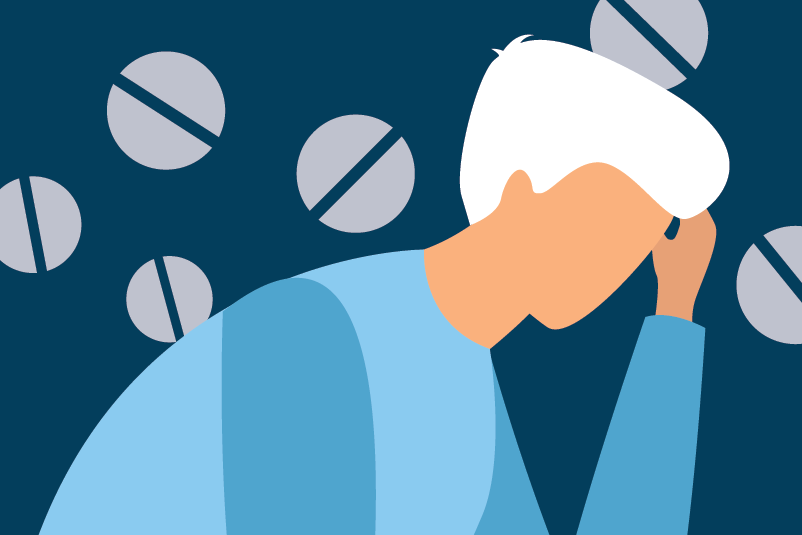#240 What is the Incidence of Iatrogenic Opioid Use Disorder?

Reading Tools for Practice Article can earn you MainPro+ Credits
Join NowAlready a CFPCLearn Member? Log in
- Systematic review1 (12 studies, 310,408 patients): Pain patients prescribed opioid therapy (≥7 days and 97% had ≥3 months).
- Incidence of opioid dependence or “abuse” was 3.1% in higher quality studies.
- 4.7%, if all studies included.
- Diagnostic criteria matter: incidence varies (from 1-11%) with different diagnostic criteria.
- Incidence of opioid dependence or “abuse” was 3.1% in higher quality studies.
- Systematic review2 (24 studies, 2507 patients): chronic pain patients prescribed opioid therapy, average exposure 26 months (range: 2-240).
- Incidence of opioid addiction was 3.3%
- 0.2% in patients without a history of “substance abuse/addiction” versus 5% with positive history.
- Limitations: Varying addiction definitions; quality of trials included: retrospective (71%), prospective and/or randomized (29%); unclear pooling technique.
- Incidence of opioid addiction was 3.3%
- Two systematic reviews:3,4 incidence 0.3%-0.5% but generally lower risk patients.3,4
- Incidence: new cases of OUD after opioid prescription and may better estimate latrogenic OUD than prevalence. Prevalence: all OUD patients, including those who obtained prescribed opioids after developing OUD.2
- Prevalence of OUD ranges from 0.05%-23%.3, 5-10
- Wide variation attributable to differing study quality, variable diagnostic criteria/terminology, inconsistent reporting, and populations studied.
- Majority of included studies (using terms like “addiction” or “substance abuse”) published before DSM-V criteria.
- Exposure to prescription opioids in adolescents and young adults was associated with future non-medical prescription opioid use11 and OUD.12
- From one insurance database cohort study (568,640 patients), after 12 months:13
- Duration: For doses 36-120mg/day morphine equivalent, OUD incidence with acute use (1-90 days) was 0.12% versus 1.3% with chronic use (prescriptions >90 days).
- Dose: For prescriptions >90 days, OUD incidence with 1-36mg/day morphine equivalents was 0.7% versus 6.1% with >120mg/day morphine equivalent.














